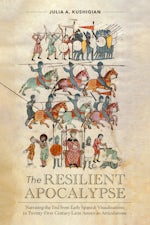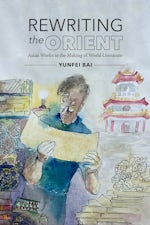Putting Monet and Rembrandt into Words
Pierre Loti's Recreation and Theorization of Claude Monet's Impressionism and Rembrandt's Landscapes in Literature
By Richard M. Berrong

200 pp., 6 x 9, notes, index
-
Paperback ISBN: 978-1-4696-1365-9
Published: February 2014
Buy this Book
This title is not eligible for UNC Press promotional pricing.
Distributed for the University of North Carolina at Chapel Hill Department of Romance Studies
As this shows, that Pierre Loti, the once world-renowned French novelist, developed a remarkably Impressionist style was recognized early on. It continues to be acknowledged in France today. Franck Ferrand, a contemporary historian known for his appearances on French radio and television, recently wrote that "Pierre Loti [is] the only truly impressionist writer of French literature." Yet while those who know his work in France continue to see him as an Impressionist artist on the level of Monet and Renoir, no one has ever asked how he achieved this in literature, how he went about creating novels that resembled the work of Monet.
That is the subject of this book. Examining certain of Loti's important novels, this study shows how he managed to reproduce with words what Monet was doing in oils. It also shows how the author came to theorize about the effects of Impressionism on the reader-viewer. Finally, it demonstrates how and why, in one of his last novels, Loti undertook to reproduce the style of one of the painters most admired by Monet: Rembrandt van Rijn, whom the nineteenth-century French rediscovered in part because they could present his sketchy biography as a demonstration of many of the things liberal art historians and painters believed the ideal artist should be.
About the Author
Richard M. Berrong is professor of French and director of the Master of Liberal Studies Program at Kent State University.
For more information about Richard M. Berrong, visit
the
Author
Page.



